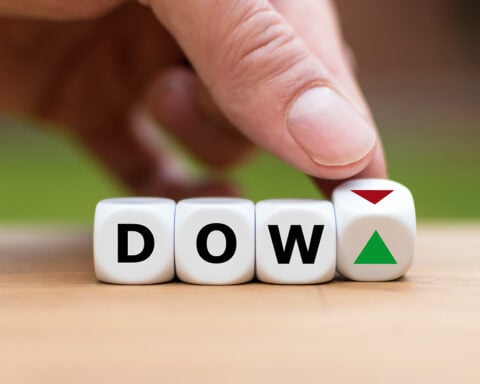Investors considering American Express (AXP) stock need to weigh both the positive and negative aspects before making a decision. The company’s stock has delivered a total return of 102% over the last five years, outperforming the S&P 500 index. Despite this impressive performance, the stock is currently trading 6% below its all-time high, which some view as a buying opportunity.
The Bullish Perspective on American Express
One of the main reasons to be optimistic about American Express is its strong brand within the financial services industry. The company’s premium cards, such as the Centurion, Platinum, and Gold cards, have high annual fees that attract a wealthy customer base. These affluent customers appreciate the high-value rewards offered by Amex, allowing the company to increase card fees without hindering growth.
American Express’s affluent clientele also reduces the stock’s risk. The company’s default rates are consistently lower than those of other credit card issuers, leading to fewer losses. This reduced risk is a significant factor supporting the bullish case for Amex.
The company’s extensive payment network, which includes 144 million cards accepted by millions of merchants worldwide, is another key strength. This wide acceptance creates strong network effects: merchants value Amex cardholders as customers and are keen to accept these cards, enhancing the utility for cardholders by offering more places to spend.
Financially, American Express has shown significant growth. From 2013 to 2023, the company’s revenue increased by 84%, and its diluted earnings per share (EPS) surged by 130%. This positive trend continues, with executives forecasting double-digit growth in both revenue and EPS, driven by strong international activity and the addition of new, younger cardmembers.
The Bearish Perspective on American Express
On the other hand, the competitive nature of the financial services industry, particularly the credit card sector, poses a challenge for American Express. Despite its strong market position, the company faces fierce competition from JPMorgan Chase’s Sapphire Reserve card and Capital One’s Venture X card. This intense competition for valuable partnerships and customers is a significant concern.
Moreover, American Express’s business is susceptible to economic cycles. Companies that lend money and rely heavily on consumer spending are inherently cyclical, and American Express is no exception. In the event of a severe recession, the company’s performance could be adversely affected.
Valuation is another critical issue for bears. Currently, American Express shares trade at a price-to-earnings (P/E) ratio of 17.7, close to its trailing 10-year average of 17.9. Investors generally prefer a lower P/E ratio as it provides a greater margin of safety and potential upside. The current P/E ratio indicates that the stock might be fully valued, limiting the margin of safety for new investors.
Evaluating American Express as an Investment
Both the bullish and bearish arguments for American Express offer valid points. Understanding these perspectives is crucial for investors considering adding Amex to their portfolios. Despite the stock appearing fully valued, the company’s strong brand, high-income customer base, extensive payment network, and impressive financial performance make it a worthy investment candidate.
However, the intense competition in the financial services sector, economic cyclicality, and current valuation must also be considered. Investors should carefully weigh these factors to make an informed decision about buying American Express stock. As with any investment, thorough research and consideration of both the potential risks and rewards are essential.







